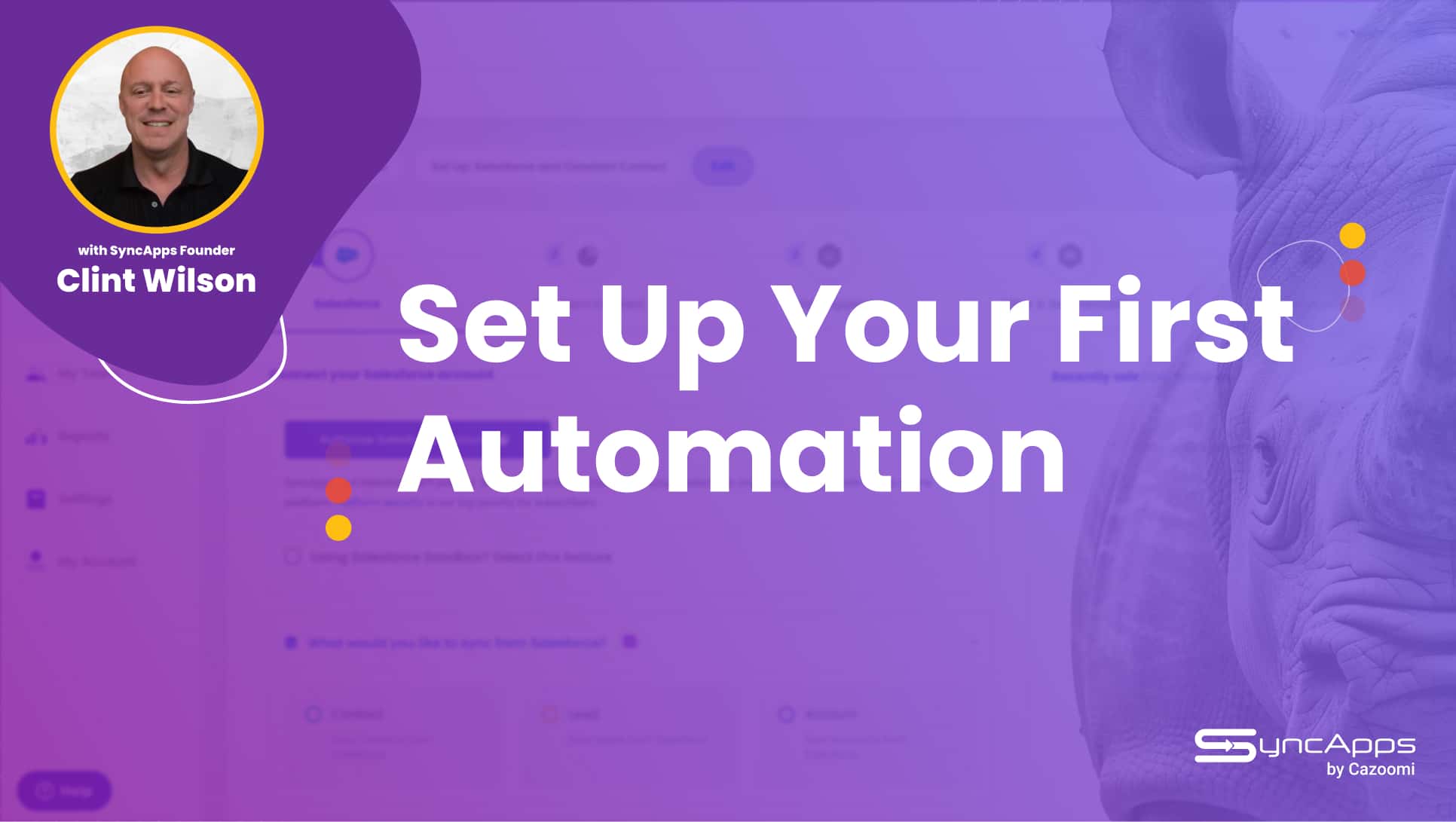The Smart Marketer’s Guide to Choosing Marketing Automation Software in 2025
Looking to pick the best marketing automation software in 2025? Here’s what you need to know:
- Marketing automation now uses AI to personalize campaigns and analyze customer data in real-time
- Must-have features: lead scoring, email tools, customer journey tracking, and data reporting
- Top options include HubSpot ($800/month), Marketo ($895/month), and Salesforce Marketing Cloud ($1,250/month)
- Consider your budget, team skills, business size, and integration needs
- Look for scalability, strong security, and regular updates from the vendor
Key factors for choosing:
- Match your business goals and budget
- Check for AI capabilities and easy integrations
- Ensure it can grow with your business
- Pick a user-friendly platform your team can learn
- Verify data security and compliance features
The right software can boost leads by 27% and conversions by 30%. Focus on finding a tool that fits your needs and can adapt as marketing tech evolves.
What is Marketing Automation Today
Marketing automation has evolved big time. It’s not just about scheduling emails anymore. In 2025, it’s a whole new ball game.
Think of it as a smart ecosystem. It’s packed with AI tools that change how businesses talk to customers and boost their marketing game.
Basic Functions and Changes
Today’s marketing automation platforms? They’re beasts. They do it all:
- Track and nurture leads
- Deliver personalized content across channels
- Analyze tons of customer data in real-time
- Predict what customers want
- Tweak campaigns on the fly
- Create personalized content at scale
Take Amazon, for example. Their system digs into what you buy, what you browse, and how you behave. Then it shoots you emails with stuff you’ll probably love. Result? More opens, more clicks, more sales.
Must-Have Software Connections
In 2025, it’s all about playing nice with other tools. Integration Platform as a Service (iPaaS) solutions are the glue holding it all together.
What’s on the must-connect list?
- CRM systems
- E-commerce platforms
- Content Management Systems
- Analytics tools
- Social media management platforms
Picture this: Marketo (a marketing automation platform) shaking hands with Salesforce (a CRM). Now sales and marketing teams are always on the same page, working with fresh customer info.
AI and Machine Learning Tools
AI and machine learning aren’t just fancy words anymore. They’re the engine under the hood of modern marketing automation. They let marketers:
- Create super-personalized customer experiences
- Fine-tune ad spend and campaign performance on the fly
- Get data-driven insights for smart decisions
Get this: 71.1% of marketers think AI can outdo humans in some marketing tasks. That’s huge. It means better efficiency and more bang for your buck, no matter your business size.
Look at Sephora. They’ve got AI chatbots dishing out beauty advice, product tips, and booking services. It’s not just cool – it’s boosting sales and making customers happy.
As we roll through 2025, AI and machine learning are digging deeper into marketing automation. Predictive analytics are getting sharper, letting businesses see into the future of customer behavior. The result? Laser-focused campaigns that hit home with audiences.
The future’s bright for marketing automation. AI and machine learning are paving the way for smarter, more effective, and personalized marketing strategies. As these tech tools keep evolving, businesses that jump on board will have a serious edge in the digital jungle of 2025 and beyond.
Key Features to Look For
In 2025, picking the right marketing automation software can make a big difference. Here’s what you need to know about the must-have features:
Lead Tracking and Rating
Modern platforms use AI to score leads, helping you spot the best prospects. Salespanel, for example, offers both rule-based and predictive scoring. It tracks leads from various channels and scores them in real time.
If you’re handling lots of leads each month, a good lead-scoring system is a game-changer. It’ll save you time and boost your conversions.
Email and Campaign Tools
Email is still king, and automation makes it even better. Look for:
- Personalized email workflows based on user behavior
- A/B testing options
- Advanced segmentation
HubSpot’s Marketing Hub (starting at $800/month) stands out here. It lets you run multiple campaigns from one place and helps your marketing and sales teams share info.
Customer Path Tracking
Knowing your customer’s journey helps you send the right message at the right time. Good tools should offer:
- Visual maps of customer touchpoints
- Real-time tracking of customer actions
- Automated triggers based on behavior
Marketo (from $895/month) is great for this. It gives you deep insights into customer paths, helping you create more targeted campaigns.
Data and Reports
In 2025, you need data to make smart decisions. Your software should have:
- Customizable dashboards
- Real-time reporting
- Predictive analytics
Salesforce Marketing Cloud (starting around $1,250/month) offers strong reporting and AI-powered insights to boost your marketing strategy.
Connecting with Other Software
Your marketing automation platform needs to work well with your other tools, especially your CRM. SyncApps, for instance, offers over 250 prebuilt workflows to automate sales and marketing. We connect popular tools like Salesforce and NetSuite, allowing real-time data sharing.
The goal? Create a system where data flows freely between your marketing, sales, and customer service tools.
Technical Needs
In 2025, picking the right marketing automation software isn’t just about cool features. You’ve got to think about the tech stuff too. Let’s dive into what your system needs to run smoothly and stay secure.
Room to Grow
Your marketing automation software should be able to handle more as your business expands. That’s where scalability comes in.
SaaS companies that plan for growth in 2025 are setting themselves up for success. They can expand quickly without causing internal headaches. But it’s not just about getting more customers. You need to keep delivering top-notch service as demand increases.
To make sure your software can grow with you:
- Go for cloud-based solutions that can easily add more resources
- Check if the software can handle a sudden spike in users or data
- Ask about any limits on contacts, emails, or campaigns
Safety and Rules
Data security is a big deal, especially when you’re handling customer info. In fact, 72% of consumers are super worried about identity theft.
To keep data safe and follow privacy laws:
1. Pick software certified with ISO 27001. This standard helps prevent data mishaps. In the U.S., certification is growing at a whopping 91% year-on-year, way faster than the global rate of 20%.
2. Make sure the software follows GDPR and CCPA rules. These laws affect how you can use customer data in your marketing.
3. Look for strong security features like:
- Data encryption (using methods like TLS and AES)
- Strict access controls
- Audit logs to track system activity
- Tools to manage customer consent and data requests
“Ensuring that your marketing automation tool has strong data protection, security, and compliance measures in place is critical to safeguarding customer data and maintaining regulatory compliance.” – Latinia Compliance Expert
How Systems Connect
In 2025, your marketing tools need to play nicely together. There are two main ways to connect systems: API integrations and iPaaS (Integration Platform as a Service).

Here’s a quick comparison:
| Feature | API Integrations | iPaaS |
| Control | More specific control | Broader approach |
| Flexibility | Good for custom needs | Great for multiple apps |
| Coding needed | More coding | Minimal coding |
| Maintenance | May need frequent updates | Handles most maintenance |
| Scalability | Can be complex as you grow | Designed for rapid growth |
Many businesses are now using both API and iPaaS. This lets them get the best of both worlds, making their digital tools work better together.
When choosing your software, think about how it’ll connect with your other tools. Good connections mean your data flows smoothly between marketing, sales, and customer service. This makes your whole system work better.
How to Choose Your Software
Picking the right marketing automation software in 2025 can make or break your marketing efforts. Let’s look at what you need to think about.
Cost and Staff Skills
When it comes to marketing automation, you often get what you pay for. But that doesn’t mean you need to empty your wallet. Here’s what to keep in mind:
Money Matters: Marketing automation tools come with all sorts of price tags. HubSpot’s Marketing Hub Professional starts at $800 a month. On the flip side, Brevo offers plans from just $8 a month. Pick what fits your budget and what you expect to get back.
Can Your Team Handle It? The fanciest tool won’t help if your team can’t use it. Think about how tech-savvy your team is and how long it’ll take them to learn each platform.
“We use ActiveCampaign as our go-to marketing automation tool. After trying out several options, we found ActiveCampaign to be the best fit for our needs because of its powerful automation features, easy integration with our CRM, and user-friendly interface.” – William Hogsett, Founder, SEOTA
This quote shows why it’s key to find a tool that’s both powerful and easy to use. ActiveCampaign, starting at $15 a month, hits that sweet spot for many businesses.
Watch Out for Hidden Costs: Some platforms have sneaky fees or prices that change based on use. Always ask about extra costs for getting started, training, or fancy features.
Business Type and Size
What you do and how big you are matters when picking a tool. Here’s how to think about it:
Small Businesses: If you’re just starting out, look for tools that can grow with you. Omnisend, for example, has a free plan with lots of features. You can upgrade starting at $16 a month as you grow.
Big Companies: Larger companies might need more powerful tools. Adobe Marketo Engage (from $895 a month) and Oracle Eloqua (from $2,000 a month) are built for big marketing operations.
Industry-Specific Needs: Different businesses need different things. If you sell stuff online, Klaviyo (free plan available, paid plans from $20 a month) might be great. It’s good at sorting customers and suggesting products.

Setting Up Your System
Let’s talk about getting your marketing automation software up and running. It’s not just about flipping a switch – there’s a bit more to it. Here’s how to make it happen smoothly.
Moving Your Data
First up: data. You can’t just dump everything into the new system. You need to be smart about it.
Clean Your Data
Start by giving your data a good scrub. Get rid of duplicates, update old stuff, and fix any mistakes. It’s worth it – companies that clean their data regularly can boost their revenue by 66%.
Group Your Information
Don’t just throw everything in there. Think about how you’ll use this data. Group your customers based on what they do, what they like, or what they buy. This will make your future campaigns work better.
Test It Out
Always do a test run first. Pick a small chunk of data and see how it goes. It could save you from big problems later on.
“Clean, grouped data is the backbone of good marketing automation. Without it, even the best software can’t do much.” – Peter Buijs, CEO-Founder, Go Online Now
Getting Your Team Ready
Your team will be the ones using this new system. Here’s how to get them ready:
Train Them Well
Don’t cut corners on training. Give your team thorough sessions that cover everything about your new platform. It pays off – a study by Nucleus Research found that companies with good training see a 14.5% bump in sales productivity.
Let Them Practice
Theory is fine, but practice is better. Set up a safe space where your team can try things out without worrying about breaking anything.
Take It Slow
Don’t throw everything at your team at once. Start with the basics, then move on to the fancy stuff as they get comfortable.
Keep an Eye on Progress
Watch how your team is doing. Look at things like how long tasks take and how well campaigns are doing. Be ready to help out if needed.
Cheer Them On
When your team does well with the new system, make a big deal out of it. It keeps them excited and makes them want to use it more.
Planning for Tomorrow
In marketing automation, staying ahead is key. Let’s look at how to future-proof your software choice for long-term value.
New Tools and Updates
The marketing automation world is always changing. Here’s how to keep your system up-to-date:
AI and Machine Learning: Pick platforms with AI. These tools automate complex tasks and boost data quality. Salesforce’s Einstein AI, for example, offers predictive analytics and personalized recommendations.
Composable Architecture: Go for platforms you can customize. This lets you add or remove features as needed, adapting to your changing business needs.
Integration Capabilities: As you add more tech, smooth integration becomes crucial. The Integration Platform as a Service (iPaaS) market is growing fast – it’s expected to hit $13.9 billion by 2026. Look for platforms with strong iPaaS features or easy integration with iPaaS providers.
“The continued expansion and innovation of iPaaS solutions are expected to bring even more benefits to businesses in the future.” – Aonflow
Emerging Tech: Keep an eye on new tech that could shake up marketing automation. Blockchain, for instance, might transform data security and privacy in marketing platforms.
Vendor Help and Growth
Your software provider plays a big role in keeping your system fresh. Here’s what to look for:
Regular Updates: Choose a vendor that keeps innovating. HubSpot, for example, updates their product monthly.
Strong Support: Go for providers with solid support. This includes training resources, docs, and responsive customer service. Marketo offers a knowledge base, community forums, and personalized support.
Scalability: Make sure your platform can grow with you. Cloud-based solutions often scale better than on-premise ones. Salesforce Marketing Cloud, for instance, works for both big enterprises and smaller businesses.
Security and Compliance: As data privacy rules change, your platform needs to keep up. Look for vendors that take security seriously and stay on top of compliance. Mailchimp, for example, offers two-factor authentication and follows GDPR and CCPA rules.
Conclusion

Picking the right marketing automation software in 2025 can make or break your digital strategy. Let’s recap the key points to keep in mind:
Match Your Business Goals Your software should fit your marketing objectives like a glove. Salesforce Marketing Cloud users have seen some impressive results: 27% more leads and 30% better conversion rates.
Must-Have Features Look for the good stuff: AI analytics, lead scoring, and omnichannel campaigns. HubSpot’s Marketing Hub packs all this (and more) into its $800/month package.
Room to Grow Don’t box yourself in. Cloud-based options like Salesforce Marketing Cloud can flex with your business, whether you’re a startup or a giant.
Easy to Use If your team can’t figure it out, it’s useless. ActiveCampaign starts at just $15 a month and gets high marks for being powerful yet user-friendly.
Keep It Secure Data privacy is a big deal. Look for ISO 27001 certification and GDPR/CCPA compliance to keep your data (and your customers’) safe.
Bang for Your Buck Good marketing automation isn’t cheap, but it pays off. Email marketing, for example, returns $36 for every $1 spent.
Embrace AI The future is here. Salesforce’s Einstein AI offers predictive analytics and personalized recommendations to give you an edge.
Stay Current Marketing never stands still. Pick a vendor that keeps up. HubSpot, for instance, rolls out updates every month.
FAQs
What is marketing automation integration?
Marketing automation integration connects your marketing automation platform with other internal apps or products. It syncs specific data between systems in real-time or close to it.
Why does it matter? Here’s the deal:
- It helps marketing and sales teams work together better by giving them access to the same data.
- It keeps information consistent across different systems, so your marketing efforts are more coordinated.
- It boosts performance. Get this: 88% of marketers say it increases leads, and 77% report more conversions.
“Integrating your marketing automation with your CRM allows you to maximize the power of each tool’s capabilities and transform how you engage and communicate with customers.” – Shopify
Want to make the most of marketing automation integration? Here’s how:
- Check if your current software and platforms play nice together.
- Figure out what you want to achieve (like syncing customer data or automating lead generation).
- Plan out how data will flow between your CRM and automation systems.
- Keep an eye out for duplicate records to keep your data clean.
As we head towards 2025, marketing automation integration will keep shaping how companies tackle their marketing strategies. Get a handle on effective integration, and you’ll be in a better spot to streamline your marketing and keep your data consistent across platforms.





